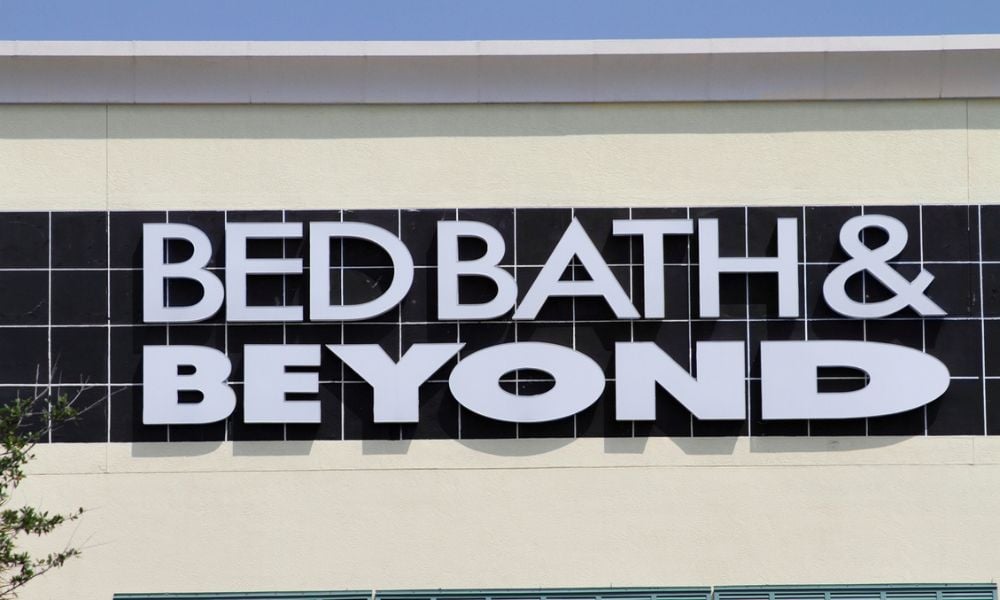
Retailer has also eliminated two C-suite level positions

Bed Bath & Beyond announced major changes to its business prior to an investor update on Wednesday.
Same-store sales dropped 26% for the three-month period ended August 27, a steeper decline than the Union, NJ-based company has seen in years, CNBC reported. As a result, the home goods retailer said it will close about 150 of its “lower producing” stores and reduce its workforce by roughly 20% across its corporate and supply chain staff.
Read more: WorkStep CEO: Frontline workers remain in high demand
As of February, the company had 953 stores, which included 771 Bed Bath & Beyond outlets in 50 states, the District of Columbia, Puerto Rico and Canada, according to Yahoo! Finance. The company also had 130 buybuy BABY stores in 37 states and Canada, as well as 52 stores in six states under the names Harmon, Harmon Face Values or Face Values.
The company also announced leadership changes, including the departure of chief operating officer John Hartmann. That role and the chief stores officer role have been eliminated, the company said. In June, the Bed Bath & Beyond Board removed former CEO Mark Tritton and former chief merchandising officer Joe Hartsig. Sue Gove, an independent director on the board, has filled in as interim CEO and Mara Sirhal, who previously served as general merchandise manager of health, beauty and consumables, replaced Hartsig.
Bed Bath & Beyond’s announcement comes on the heels of a report that Snap Inc., parent company of Snapchat, plans to lay off approximately 20% of its more than 6,400 employees, which comes out to roughly 1,280 people.
Ahead of an anticipated recession, three out of four (78%) American workers are fearful they will lose their jobs, according to a survey from Insight Global, a national staffing services company. Meanwhile, 56% of American workers say they don't feel financially prepared for a recession or they don't know how they would prepare for a recession. More than half (54%) would be willing to take a pay cut, even with inflation at a 40-year high, to avoid being laid off if there were a recession.
“It's unfortunate we're already seeing some companies turn to mass layoffs because I believe layoffs should be the absolute last resort,” said Bert Bean, CEO of Insight Global. “Instead, I encourage leaders to consider other solutions, such as building a plan that avoids layoffs and helps you grow through a recession. Get your employee base executing on that, because when you bounce back from a recession, you'll need your people more than ever.”
Of course, HR leaders who experienced the global recession of 2008-2009 are better positioned to weather this potential storm. They’ve learned what works and business leaders will be turning to them to take the helm. As for HR professionals who are about to enter uncharted territory, this will be trial by fire.
“You never know how long these scenarios will last,” Jaemi Taylor, managing director in the HR practice of Allegis Partners, told HRD. Before joining the New York City-based executive search firm, Taylor spent nearly 20 years recruiting HR leaders, having worked for Robert Half, Beacon Hill and ChapmanCG.
“I’ve worked with HR leaders during COVID who asked the CEO or the board for more time, whether that’s a quarter or a month, before making drastic cuts,” Taylor says. “You want to review critical hiring, determine critical business initiatives and most importantly, avoid knee-jerk reactions.”